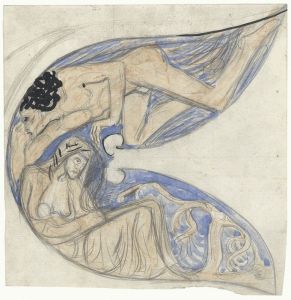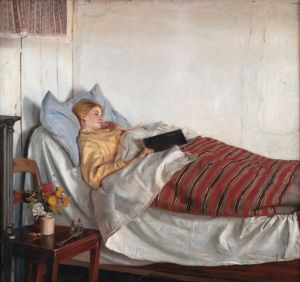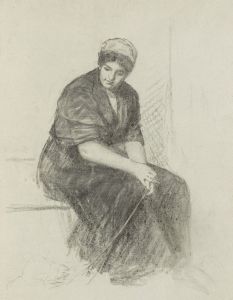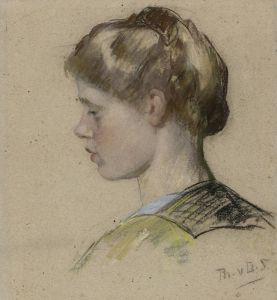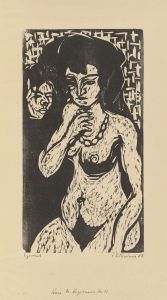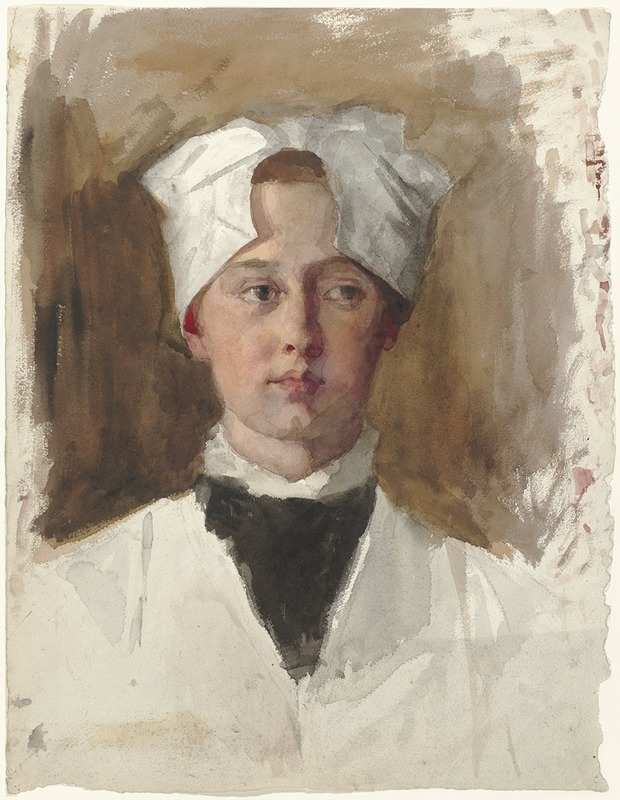
Portret van een weesmeisje
A hand-painted replica of Thérèse Schwartze’s masterpiece Portret van een weesmeisje, meticulously crafted by professional artists to capture the true essence of the original. Each piece is created with museum-quality canvas and rare mineral pigments, carefully painted by experienced artists with delicate brushstrokes and rich, layered colors to perfectly recreate the texture of the original artwork. Unlike machine-printed reproductions, this hand-painted version brings the painting to life, infused with the artist’s emotions and skill in every stroke. Whether for personal collection or home decoration, it instantly elevates the artistic atmosphere of any space.
Thérèse Schwartze was a prominent Dutch portrait painter known for her ability to capture the character and essence of her subjects with remarkable skill. One of her notable works is "Portret van een weesmeisje" (Portrait of an Orphan Girl), which exemplifies her talent in portraiture and her sensitivity to the human condition.
Thérèse Schwartze was born on December 20, 1851, in Amsterdam, into a family with a strong artistic background. Her father, Johan Georg Schwartze, was a painter, and he played a significant role in her early artistic education. Schwartze further honed her skills by studying at the Rijksakademie van Beeldende Kunsten in Amsterdam and later in Munich, Germany. Her training and exposure to various artistic influences helped her develop a distinctive style characterized by realism and attention to detail.
"Portret van een weesmeisje" is a poignant example of Schwartze's ability to convey emotion and depth through her portraits. The painting depicts a young orphan girl, capturing not only her physical likeness but also a sense of her inner world. Schwartze's use of light and shadow, as well as her meticulous attention to the textures of the girl's clothing and features, demonstrate her technical proficiency and her empathetic approach to her subjects.
The painting is notable for its emotional resonance. Schwartze had a unique ability to portray her subjects with dignity and respect, regardless of their social status or background. In "Portret van een weesmeisje," she presents the orphan girl with a sense of individuality and presence, inviting viewers to connect with her on a personal level. This ability to humanize her subjects and evoke empathy is a hallmark of Schwartze's work.
Throughout her career, Thérèse Schwartze received numerous commissions from prominent figures in Dutch society, including members of the royal family. Her reputation as a portraitist was well-established, and she was highly sought after for her ability to capture the likeness and character of her sitters. Despite the demands of her professional career, Schwartze remained committed to her artistic vision and continued to produce works that reflected her deep understanding of human nature.
"Portret van een weesmeisje" is housed in the collection of the Amsterdam Museum, where it continues to be appreciated by art enthusiasts and scholars alike. The painting is an important part of Schwartze's oeuvre, showcasing her skill as a portraitist and her sensitivity to the lives of her subjects. It stands as a testament to her legacy as one of the leading portrait painters of her time.
Thérèse Schwartze passed away on December 23, 1918, but her work continues to be celebrated for its technical excellence and emotional depth. "Portret van een weesmeisje" remains a significant example of her ability to capture the essence of her subjects and to convey their stories through the medium of paint. Her contributions to the field of portraiture have left a lasting impact on the art world, and her paintings continue to be studied and admired for their artistic and historical significance.





